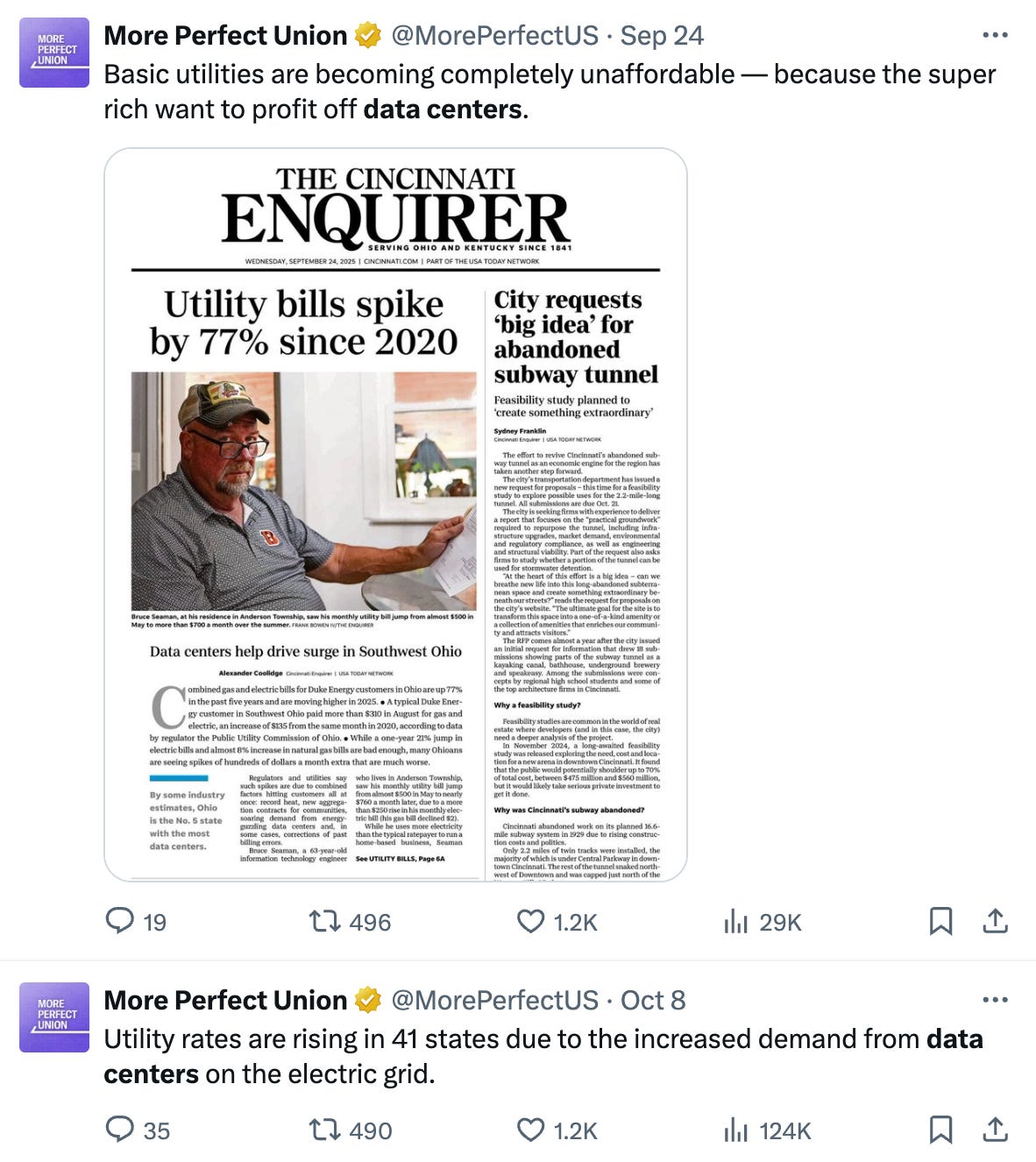Why Are Electricity Prices Rising?
Probably not for the reasons that you think
Few daily necessities have become more expensive recently than electricity. The average American’s bill is likely to be anywhere from 8% to 26% higher this year than it was in 2022.
In New Jersey, electricity prices rose 22% in the last year alone. Rising bills are now seen as a top election issue in the state’s upcoming governors race. “Electricity is the new eggs,” one consumer advocate told the New York Times recently.
Everyone has a take on why electricity bills are rising. Trump’s Energy Secretary Chris Wright argued this summer that solar and wind subsidies were to blame. Fossil fuel lobbyist Alex Epstein recently argued that electrification mandates are the main cause. Some progressive groups, like More Perfect Union, point the finger at data centers.
But look at the data and most of these arguments quickly fall apart.
Keep reading with a 7-day free trial
Subscribe to Distilled to keep reading this post and get 7 days of free access to the full post archives.


